In the rapidly evolving field of robotics and autonomous systems, researchers are increasingly turning to nature for inspiration. One of the most fascinating developments in recent years is the creation of compound eye lidar systems, modeled after the intricate visual apparatus of insects. These bio-inspired sensors promise to revolutionize panoramic imaging, offering unparalleled field-of-view and depth perception capabilities that could transform industries ranging from autonomous vehicles to agricultural monitoring.
The compound eyes of insects like dragonflies and bees have long fascinated scientists with their ability to process vast amounts of visual information simultaneously. Unlike human eyes that rely on a single lens, compound eyes consist of thousands of individual optical units called ommatidia, each pointing in slightly different directions. This structure provides insects with an almost 360-degree field of view and exceptional motion detection abilities – features that engineers are now striving to replicate in artificial vision systems.
Traditional lidar systems, while powerful, face significant limitations when it comes to panoramic imaging. Most conventional lidar units use rotating mirrors or multiple fixed sensors to achieve wide coverage, resulting in bulky designs with moving parts that are prone to mechanical failure. The insect-inspired approach offers a radically different solution – an array of microscopic laser emitters and detectors arranged in a hemispherical configuration, mimicking the natural compound eye structure.
Recent breakthroughs in microfabrication techniques have made these bio-inspired lidar systems possible. Researchers at several leading institutions have developed prototypes where hundreds of microscopic laser diodes and photodetectors are packed into compact, curved surfaces. Each tiny laser emitter functions similarly to an ommatidium in an insect's eye, projecting light in a specific direction while neighboring units cover adjacent areas. The result is a seamless, ultra-wide field of view without any moving parts.
The advantages of compound eye lidar extend far beyond just panoramic coverage. These systems demonstrate remarkable resilience to partial failures – if a few individual units stop working, the overall system continues to function, much like how insects can still navigate effectively even after losing several ommatidia. This redundancy makes them particularly attractive for applications where reliability is critical, such as in autonomous drones or space exploration vehicles.
Another groundbreaking aspect of these insect-inspired sensors is their potential for extremely fast object tracking. In nature, the neural architecture behind insect vision allows for incredibly rapid processing of visual information – crucial for survival when avoiding predators or catching prey. Engineers are now developing specialized algorithms that mimic this biological processing, enabling compound eye lidar systems to detect and track multiple moving objects simultaneously with millisecond-level latency.
In practical applications, compound eye lidar could solve several persistent challenges in autonomous navigation. Current self-driving car systems often struggle with detecting objects at extreme angles or in complex urban environments. The panoramic coverage of bio-inspired lidar would provide complete situational awareness, potentially preventing accidents caused by blind spots. Similarly, in warehouse robotics, these systems could enable more efficient navigation through cluttered spaces while maintaining awareness of human workers in all directions.
The miniaturization potential of compound eye lidar opens up exciting possibilities for micro-robotics. Researchers envision swarms of insect-sized drones equipped with these tiny sensors, capable of exploring disaster zones or conducting environmental monitoring with unprecedented efficiency. The low power requirements of these systems compared to conventional lidar make them particularly suitable for small-scale autonomous devices that need to operate for extended periods without recharging.
As with any emerging technology, challenges remain in bringing compound eye lidar to widespread adoption. Manufacturing precision at such small scales requires advanced fabrication techniques, and the computational demands of processing data from thousands of individual sensing units are substantial. However, the rapid progress in nanotechnology and edge computing suggests these hurdles may soon be overcome, paving the way for commercial applications within the next decade.
The development of compound eye lidar represents more than just another incremental improvement in sensing technology – it exemplifies the growing field of biomimetics, where solutions to complex engineering problems are found by looking to nature's billions of years of evolutionary refinement. As researchers continue to refine these insect-inspired systems, we may soon see autonomous machines that perceive their surroundings with the same efficiency and adaptability as the most successful creatures in the natural world.

By /Aug 14, 2025

By /Aug 14, 2025

By /Aug 14, 2025

By /Aug 14, 2025

By /Aug 14, 2025

By /Aug 14, 2025

By /Aug 14, 2025

By /Aug 14, 2025

By /Aug 14, 2025

By /Aug 14, 2025

By /Aug 14, 2025

By /Aug 14, 2025

By /Aug 14, 2025

By /Aug 14, 2025

By /Aug 14, 2025
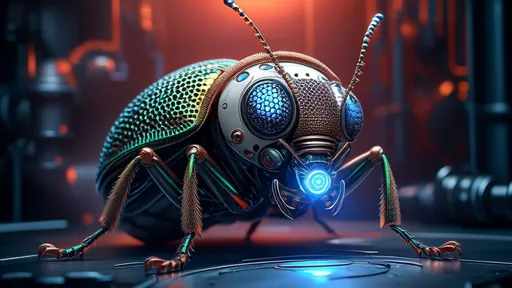
By /Aug 14, 2025
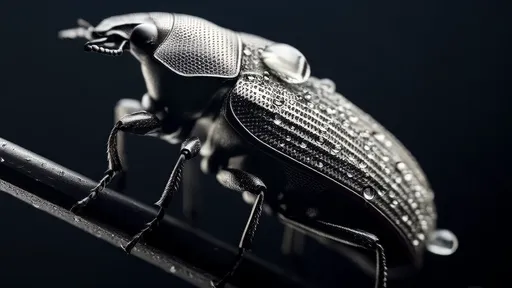
By /Aug 14, 2025
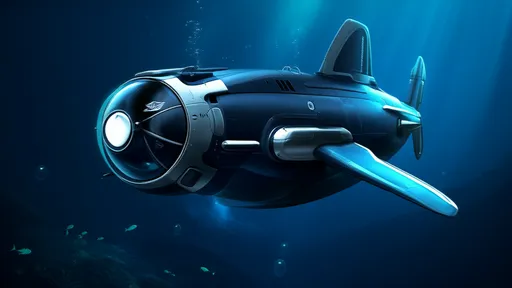
By /Aug 14, 2025
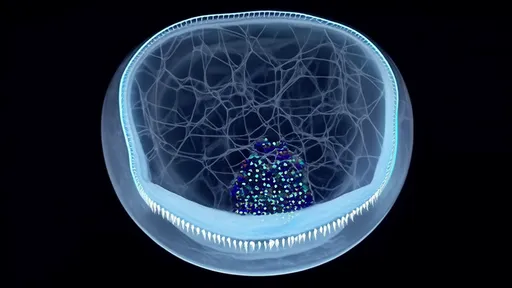
By /Aug 14, 2025
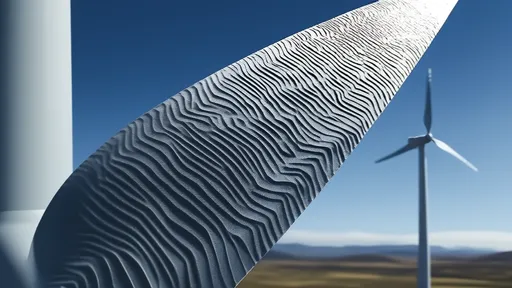
By /Aug 14, 2025